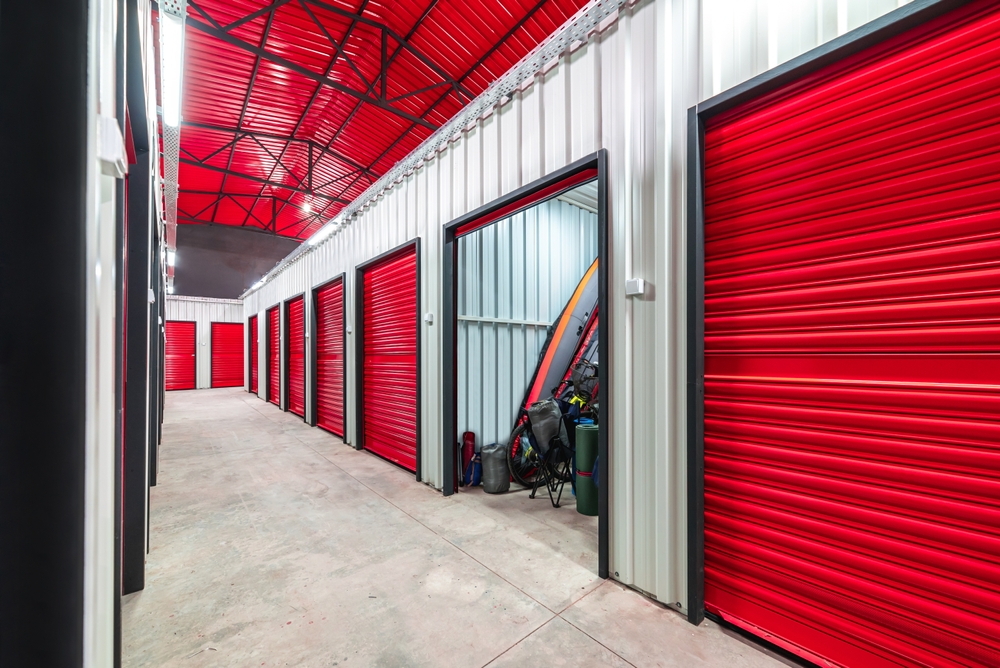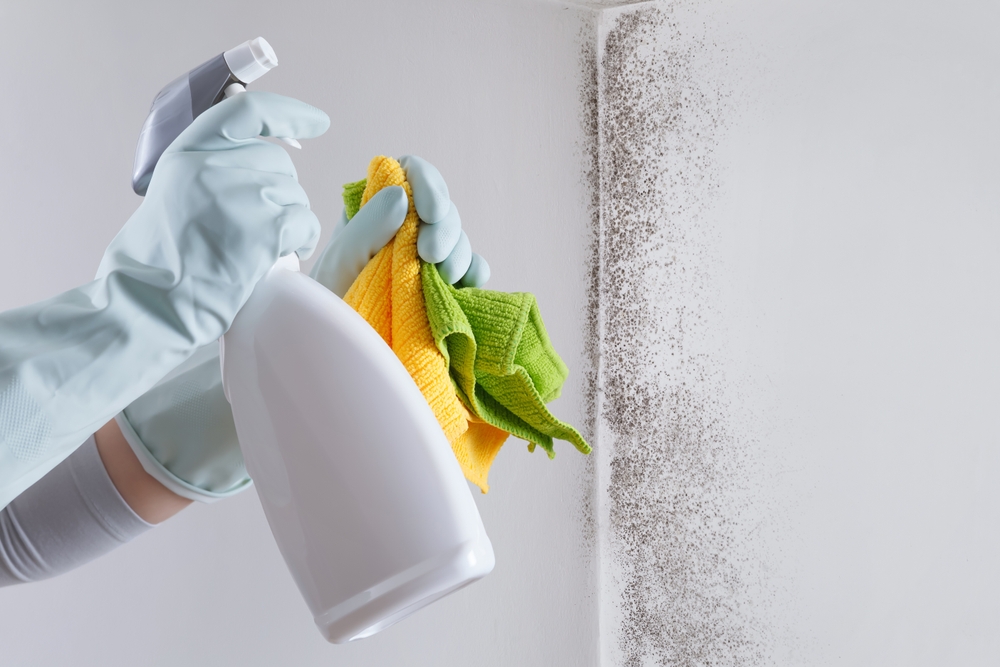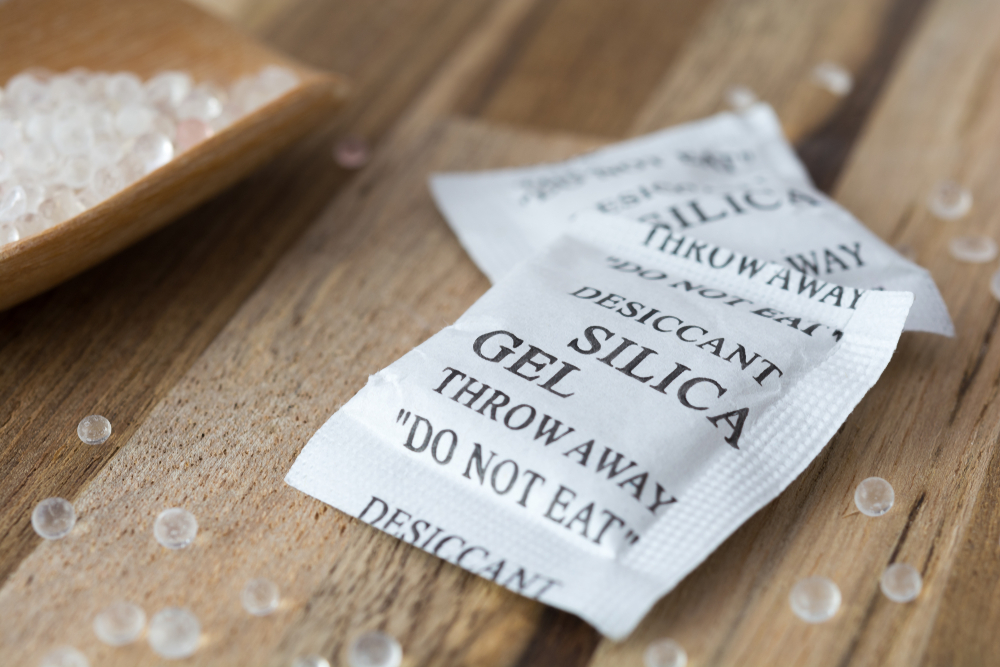
No matter what you store in a storage unit, there are a few items prone to growing mold and mildew. That’s especially true when you talk about long-term storage because, in long-term storage they have a better environment to grow in. To help you prevent mold and mildew and the severe damage they can cause, Hide-Away Storage put together the following list of 8 tips for preventing them in your storage unit. Read on to discover all 8 and ensure your belongings stay pristine while stored.
1. Choose the Correct Storage Unit
While many folks believe that all storage units are the same, the truth is that there are many different features a unit can have. For example, there are specialized storage units that can help keep mold and mildew to a minimum. These climate controlled storage units aim to keep the temperature in your unit stable the entire year and keep the air relatively dry. If you have items that are extremely prone to mold and mildew, an air-conditioned storage unit might be your best choice.
2. Clean Your Items Thoroughly

Anything you store in a storage unit should be thoroughly cleaned ahead of time. Not only will this ensure your items are clean when you take them back out of storage, but it will also help prevent mold from forming on things like food stains, oily deposits, etc. Remember, while your things are stored, there is always a slight chance of pest infiltration, including insects and rodents. The fewer opportunities these pests have to eat something like jelly, a scrap of cheese, crumbs, spills, etc., the better.
3. Use the Right Packing Materials
It’s essential you choose the correct packing materials to prevent mold. For example, packing things in plastic, while it might seem like a good choice, could be the thing that causes mold and mildew to occur. (Plastic doesn’t breathe, so moisture can’t escape.) It’s also essential you choose new, clean boxes, packing paper, and so forth so that there’s nothing on your packing materials that will attract insects or other vermin.
One mistake many folks make is using cardboard boxes they find at grocery stores and other retail locations to pack their goods before storage. The problem is that, often, these boxes have leftover food spills, oil, moisture, etc., that can allow mold to grow unabated (and attract the vermin mentioned above).
4. Keep Items Off of the Floor
Most storage units have concrete floors, and although concrete might seem dry, it can absorb and hold moisture. That’s why experts recommend elevating things off of the ground when possible. This goes for boxes especially, as the cardboard can absorb moisture from concrete floors.
One excellent tip is to use metal or plastic shelving units in your storage unit. Relatively cheap shelving units allow you to instantly raise your items off of the floor and prevent moisture infiltration that can cause mold. Also, stacking boxes and other items onto shelving units makes them much easier to remove from your storage unit if necessary. You’ll be able to take out a specific box without having to unstack piles and piles of boxes to find it.
5. Leave Some Space for Air to Circulate
While it might seem unimportant, it’s essential you leave some space for air to circulate in your storage unit so that moisture can dissipate and evaporate. We mentioned that using shelving units in your storage unit is a good idea, and one reason why is that they provide more air circulation than simply stacking things from floor to ceiling. No matter how you pack your storage unit, leaving room between items for air to circulate will go a long way towards preventing the damage mold can create.
6. Avoid Plastic Covers
We’ve mentioned this earlier, but it definitely begs repeating: try to avoid plastic covers when storing things in a storage unit. The problem is that plastic doesn’t breathe, so any moisture trapped inside an item will not be able to escape, allowing mold to go wild. Rather than plastic, it’s recommended you use breathable materials like canvas or cotton to cover your valuable items.
7. Use Silica Gel Packs (Desiccants)

If you’ve ever seen the tiny little packs in a box of new sneakers, you know what a gel pack or desiccant pack is. These little packs contain silica gel that absorbs moisture and keeps your sneakers and shoes fresh before you buy them. The same thing can be used in all the boxes you pack your items in. You can find them on Amazon in larger sizes and toss one or two in each box to absorb moisture and prevent mold and mildew from occurring. You can also use cedar blocks and chips in your boxes to do the same thing, repel insects, and leave your belongings with a delightful aroma.
8. Never Store Anything While Wet or Damp
This last tip is critical: never store anything while it’s wet or even damp. Mold only needs a small amount of moisture to grow like mad, so storing wet or damp things is just asking for trouble. If, for example, it’s raining when you store your items, you should go back the next day that it’s sunny and open your storage unit for a few hours. Consider removing many items and placing them in the sun to dry thoroughly.
Trust Hide-Away Storage to Store Your Belongings
When you need to store things in Florida, your first choice should always be Hide-Away Storage, the storage leader in the Sunshine State! With air-conditioned storage units, convenient month-to-month leases, and first-class safety and security measures, storing your belongings with Hide-Away makes sense. If you’re ready, you can reserve a storage unit in Florida online in minutes with Hide-Away. Follow the 8 tips we’ve given today to store your goods without fear of mold and mildew destroying your valuable items!